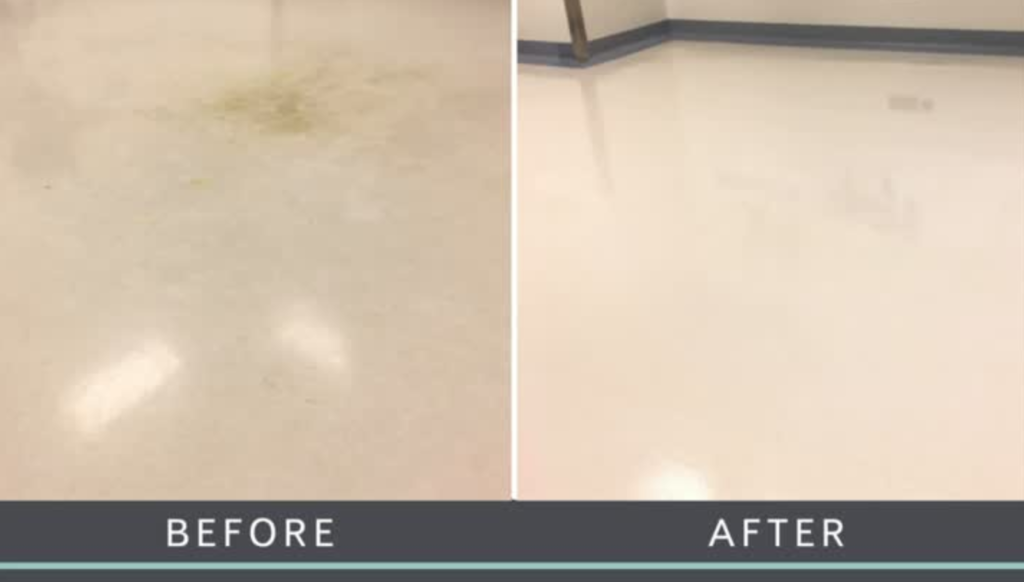Featured
scroll
When we think about cleanliness in healthcare, our minds often go straight to patient rooms and clinical spaces. But non-clinical healthcare surface care is just as critical. From lobbies and corridors to restrooms and break rooms, these areas shape first impressions and support the health and safety of everyone who enters the building.
While these spaces may not be directly tied to patient care, they play a vital role in shaping first impressions, supporting staff well-being, and contributing to the overall health and safety of the facility.
1. First Impressions Start in the Lobby
From the moment patients or visitors walk through the doors, the condition of the space speaks volumes. Scuffed floors, stained carpets, or dingy grout in a lobby or waiting room can unintentionally send the wrong message—even if clinical care is top-tier.
Clean, well-maintained surfaces show a commitment to care at every level, setting the tone for trust, comfort, and professionalism.
2. Staff Spaces Matter More Than You Think
Break rooms, administrative offices, and hallways are where healthcare professionals spend much of their day. These areas need to be clean, organized, and safe—not just for compliance, but for staff morale and productivity.
When these spaces are overlooked in surface care routines, dirt and bacteria can build up, leading to potential cross-contamination risks as staff move between non-clinical and clinical areas.

3. Public, High-Touch Zones Require Specialized Care
Gift shops, public restrooms, cafes, and elevators are high-traffic areas that often fall outside the purview of medical cleaning protocols. But they see constant use by patients, staff, and visitors alike—making them prime zones for grime, spills, and slip hazards.
Proper floor care and disinfection in these non-clinical areas help minimize the spread of illness, reduce safety risks, and support an overall clean environment.
4. Healthy Surfaces Beyond the Exam Room
Different materials require different care. The luxury vinyl in a waiting area needs a different approach than the terrazzo in a corridor or the carpet in a staff lounge. Using the wrong tools or products can lead to damage, reduce slip resistance, or leave behind residue that attracts more dirt.
SOLID’s surface care programs are tailored to each material and space type, with deep expertise in stone, carpet, tile and grout, resilient flooring, and more.
5. How SOLID Supports Healthcare Without Disruption
We understand the unique requirements of healthcare environments—especially when it comes to sensitivity, discretion, and efficiency. Our teams are trained to work in occupied facilities with minimal disruption, following all safety protocols and ensuring your non-clinical spaces are as clean and polished as your patient care areas.
From daily cleaning support to deep restoration and preventive maintenance, SOLID is your partner in long-term facility health.
Non-Clinical Care Is Still Critical Care
In healthcare, every square foot matters. Clean, healthy flooring surfaces in non-clinical spaces help protect everyone who walks through your doors—from patients and visitors to doctors and staff. Investing in expert surface care is a smart way to support safety, cleanliness, and the overall experience within your facility.
Interested in improving your healthcare facility’s non-clinical spaces?
Let’s talk about how SOLID can help. Contact us today!